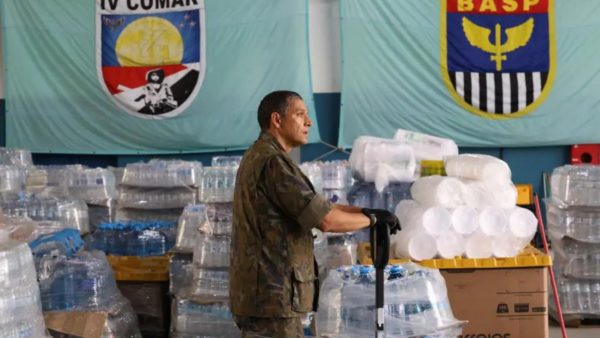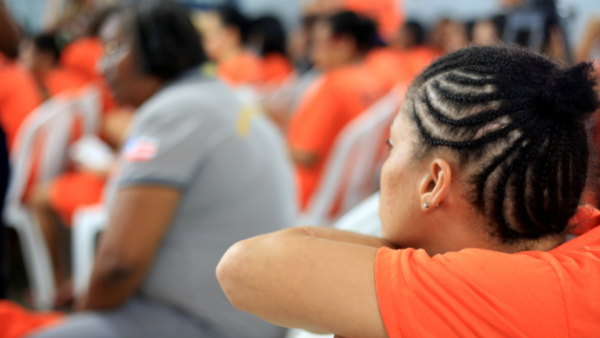Data from the 2022 Census released today by the Brazilian Institute of Geography and Statistics (IBGE) shows a significant drop in the country’s illiteracy rate: from 9.6 percent of Brazilians over 15 years old in 2010, to 7 percent in 2022. By literate, the research considers those who can read and write a simple note.
Although the illiteracy rate is higher among older people (20.3 percent among over 65s), the improvement in the general scenario occurred in all age groups. “The high rate of illiteracy among older people is a reflection of Brazil’s educational debt, which did not provide access to education at the appropriate age,” explains research analyst Betina Fresneda. In 1940, less than half of the Brazilian population (44 percent) was literate.
In racial terms, the white population continues to have an illiteracy rate two times lower than the black population — and three times lower than that of indigenous Brazilians. According to Ms. Fresneda, the older the age group, the higher the illiteracy rate among whites — an indication that access to school at the appropriate age was greater for this part of the population.
According to data released today, white adults and adults of South and East Asian descent had the lowest illiteracy rates.
The good news is that this inequality fell in the 12-year interval between the last two censuses. The difference between the white and black populations fell from 8.5 to 5.8 percentage points, and between whites and indigenous people from 17.4 to 11.7 percentage points.
Regional inequality is also evident in IBGE data. The rate in the Northeast (14.2 percent), for example, continues to be double the national average. The illiteracy rate was below the national average only in municipalities with more than 100,000 inhabitants. Those localities between 10,000 and 20,000 residents were those with the highest rate (13.6 percent). This happens because in Brazil, literacy is a direct responsibility of municipalities and meeting this goal is related to the resources that cities have available to invest in education.
This relationship between income and access to education is also evident when looking at the cities with the lowest illiteracy rates among the different size groups: all are either in the South region or in the state of São Paulo, respectively the second most industrialized region in the country and the richest state.
The new data from the 2022 Census also shows that only in the age group of 65 and over, men’s literacy is higher than that of women.


 Search
Search











































